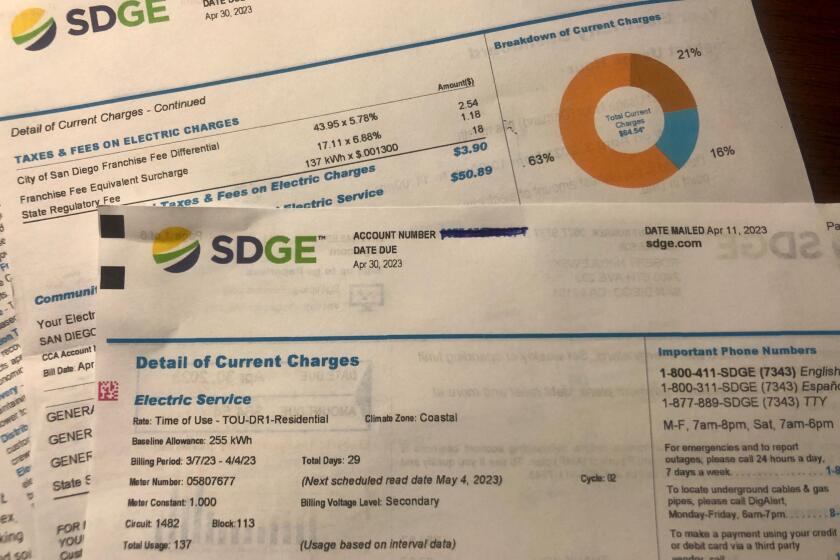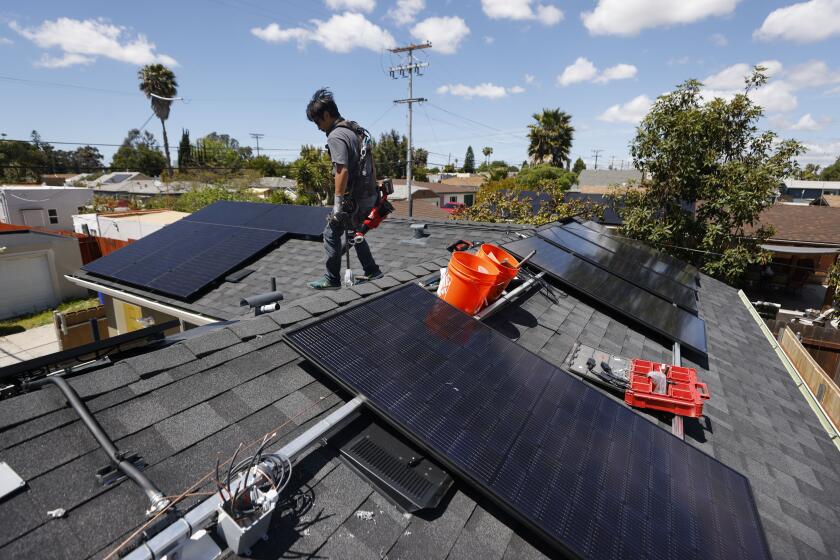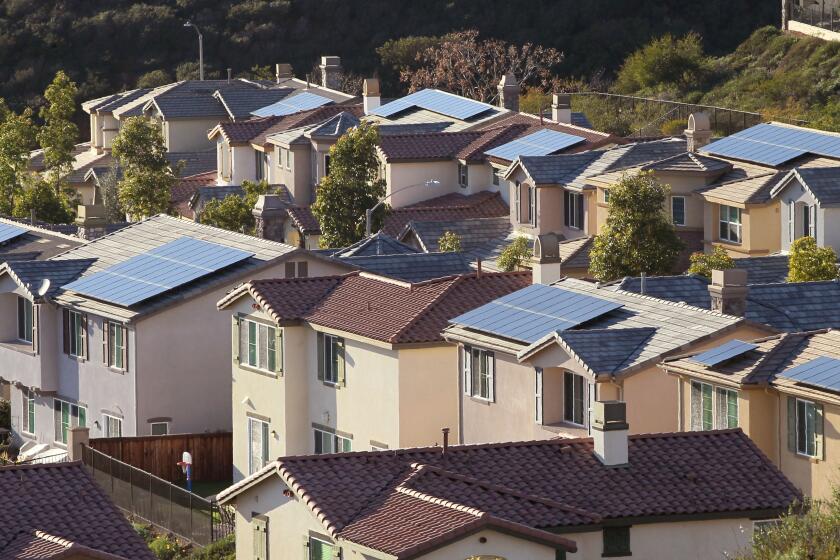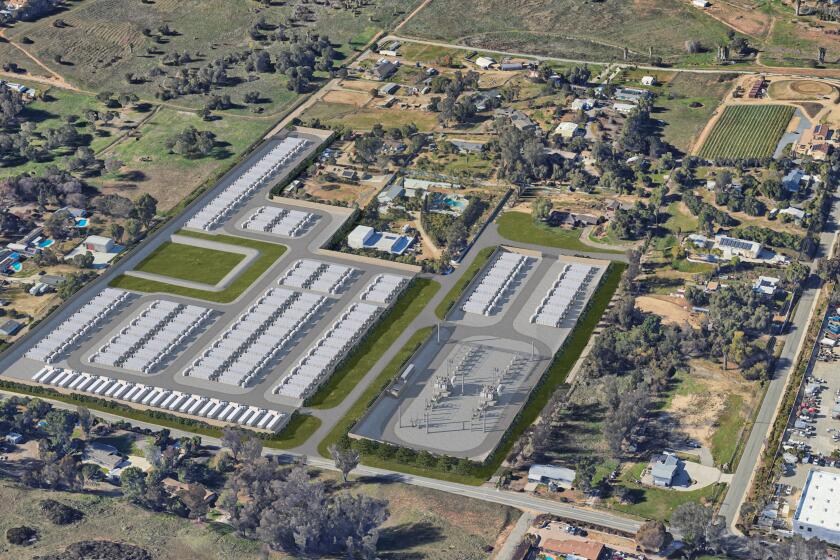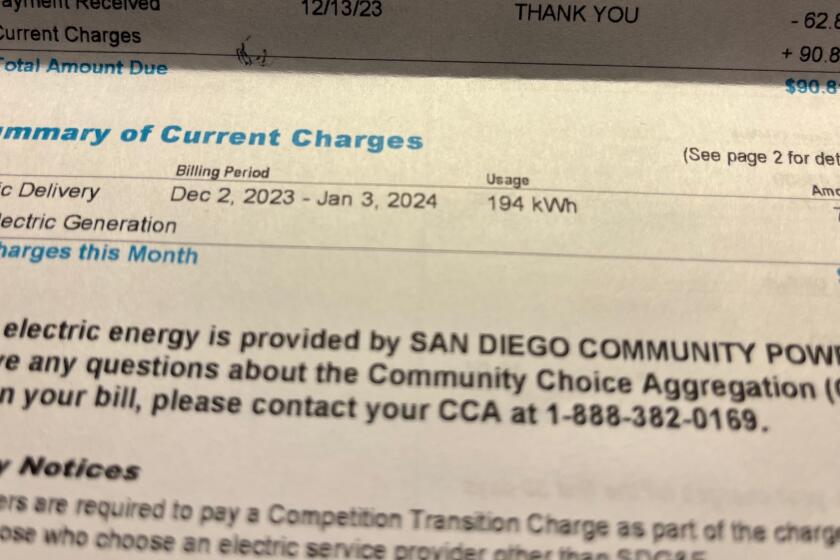California’s grid holds up another night and avoids rolling blackouts here
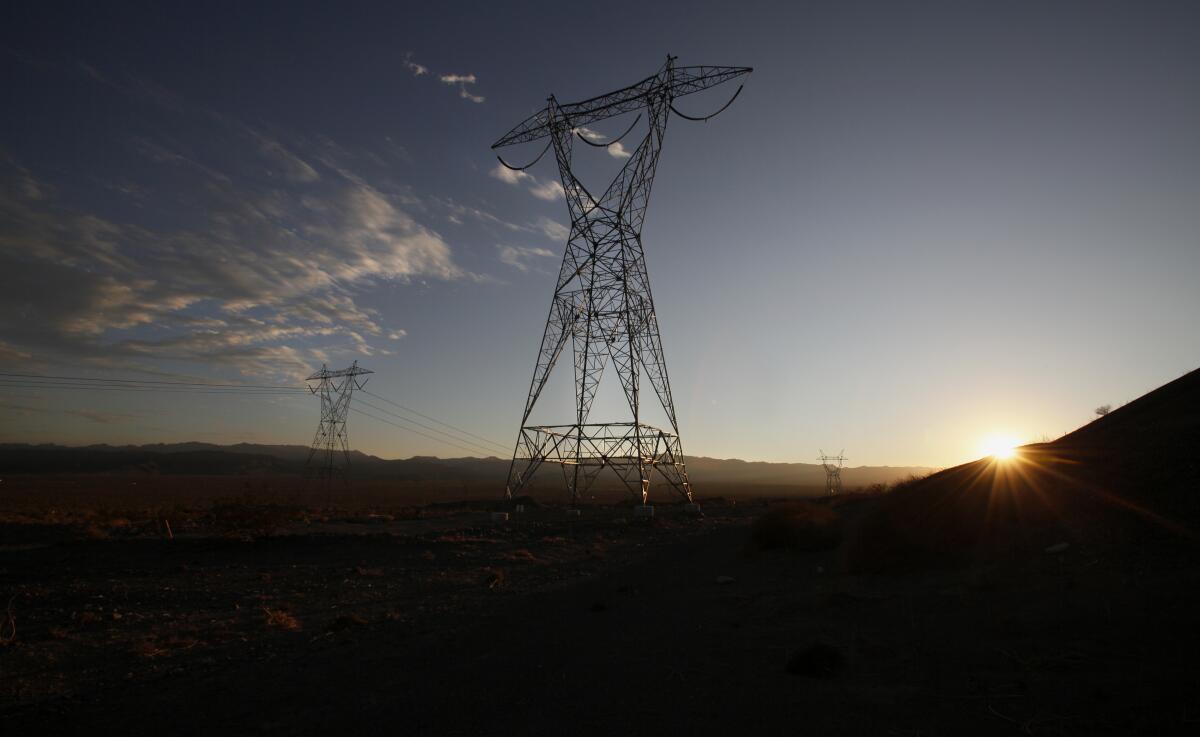
Demand surges to more than 50,000 megawatts, setting a new record.
California came within a hair’s breadth of experiencing rolling blackouts Tuesday night, but the system operator that manages the grid for about 80 percent of the Golden State continued to keep the lights on.
The California Independent System Operator at 5:17 p.m. issued a stage 3 Energy Emergency Alert, a measure that warns energy users that rotating outages may be imminent due to sustained electricity demand eating into reserve margins.
Just a couple of minutes later, millions of Californians received a text message via their smartphones from the California Governor’s Office of Emergency Services that warned, “Power interruptions may occur unless you take action. Turn off or reduce nonessential power if health allows, now until 9 p.m.”
It made for some nervous hours for grid managers, who were poised to mandate rotating outages for the first time since August 2020 by instructing power providers — including investor-owned utilities across California such as San Diego Gas & Electric — to shut down specific circuits on their systems.
“Conservation is making a difference,” the California ISO tweeted at 7:11 p.m., referring to the seventh consecutive day the grid manager had issued a Flex Alert that called on residents and businesses to cut back on their energy use during the late afternoon and evening hours.
By 8 p.m., ISO officials withdrew the stage 3 alert, without any calls on power providers to shed load. “Consumer conservation played a big part in protecting electric grid reliability,” the grid manager tweeted. “Thank you, California!”
A sweltering heat wave that has broiled most of California for nearly a week has pushed the state’s grid to the edge, as residents and businesses cranked up air conditioning units to get some relief.
Electricity demand Tuesday evening surged to 52,061 megawatts on the ISO system, a new record. The previous all-time high was 50,270 megawatts, set on July 24, 2006, when California’s grid looked much different than it does today.
Temperatures in the San Diego area remain elevated and extreme heat continued to broil large portions of the state. Sacramento set an all-time record Tuesday, with the National Weather Service reporting a downtown temperature of 116. The old record was 114 degrees, set on July 17, 1925.
The heat wave is expected to last into Friday.
The ISO also extended its Restricted Maintenance Operations alert until 10 p.m. Friday to help make sure all available resources are in service. The notification goes out to utilities and other power providers to hold off on scheduled maintenance on generators and transmission lines.
The state also issued a Flex Alert for Wednesday from 4 to 9 p.m. It is the eighth straight day for the alert, which calls on customers to voluntarily reduce energy usage.
Gov. Gavin Newsom last week issued an emergency order that suspended air pollution regulations, thus allowing industrial businesses and others to fire up backup generators to provide some extra megawatts to the grid.
State policymakers have relied increasingly on renewable energy sources, particularly generation from solar, in recent years to transition California’s electric portfolio away from fossil-fuel generation.
That has led to grid managers struggling during the summer months to keep the power flowing during the 4 p.m. to 9 p.m. hours — a time frame called “net peak.”
Solar output is abundant during daylight hours but when the sun goes down, solar production disappears.
Net peak occurs when the sun starts setting. When temperatures soar, demand spikes and when it’s really hot, customers keep the AC on for an hour or two after it gets dark — just as solar production vanishes.
Grid operators then have to replace the lost megawatts with other sources of power to keep the electrical system balanced — and it has to be done in real time.
The San Diego County Water Authority has pitched in to help grid operators get through this vulnerable stretch.
Water officials have fired up the Lake Hodges Pumped Storage Facilities to generate 20 megawatts of on-demand power, which is enough electricity for about 15,000 households.
In addition, the Water Authority and its partner at the Claude “Bud” Lewis Carlsbad Desalination Plant in Carlsbad have reduced water production at the facility since Sunday to help support emergency energy conservation measures during the heat wave. Production has been curbed by 20 percent since Sunday, freeing up about 9 megawatts from the power system.
The plant accounts for less than 1 percent of peak energy demand in San Diego Gas & Electric’s service territory but grid managers are happy to take whatever number of megawatts they can find.
“We’re proud to do whatever we can to help our region address the current energy shortage,” said Sachin Chawla, president of Poseidon Resources (Channelside), the Water Authority’s partner at the Carlsbad Desalination Plant.
Updates
9:35 p.m. Sept. 6, 2022: To include that a Flex Alert was called for Wednesday.
Get U-T Business in your inbox on Mondays
Get ready for your week with the week’s top business stories from San Diego and California, in your inbox Monday mornings.
You may occasionally receive promotional content from the San Diego Union-Tribune.



